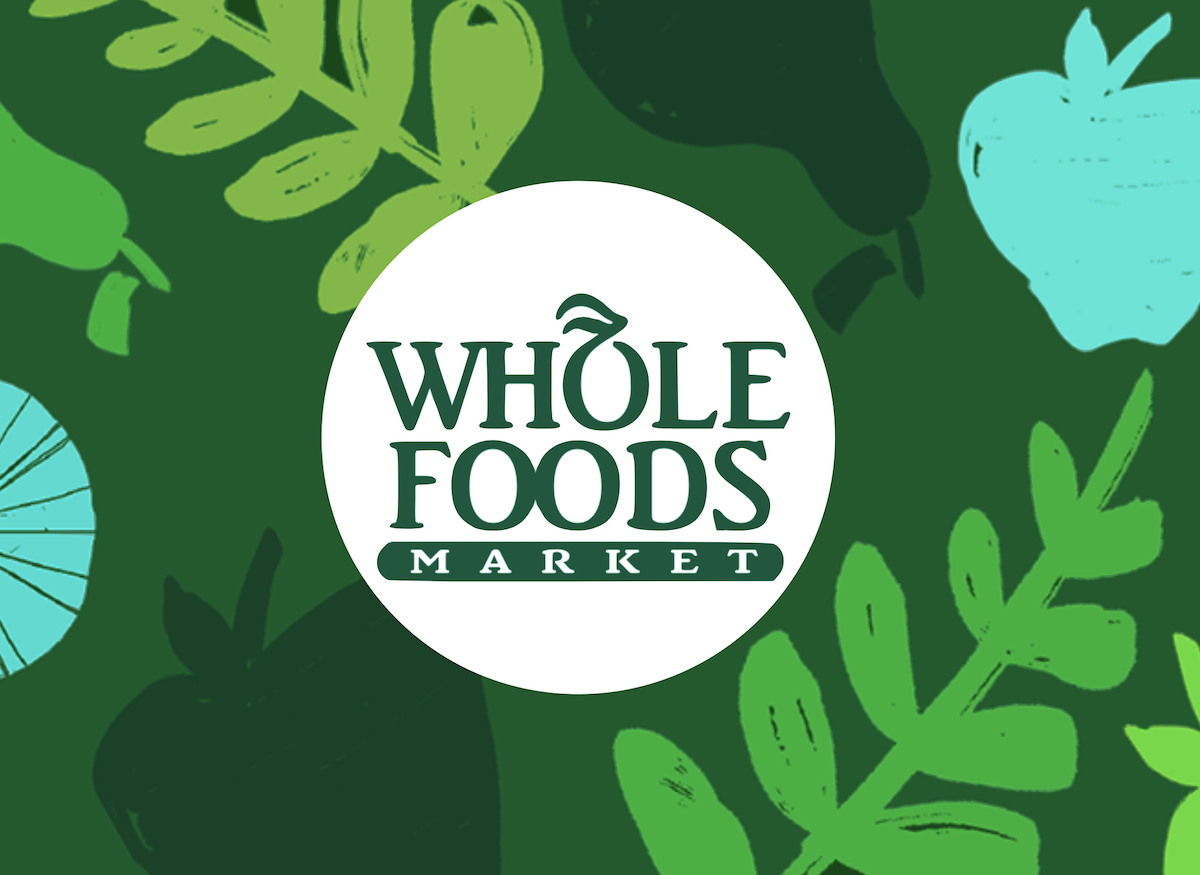How to Get a Product into Whole Foods Market

With surging interest in a grain-free, paleo, and keto diets, grocery stores around the country are searching for a broader base of suppliers to meet the demand of consumers. Whole Foods Market, Inc. is one such grocery store that has a unique connection to healthy, low food products. Successfully getting your product into the nation’s largest organic grocery store, Whole Foods Market, Inc., is a definite way to attract new customers and grow your business. Whether you are lucky enough to score a nationwide deal or an opportunity to sell your product on Amazon, there are numerous incentives for food brands to reach out to Whole Foods. In this article, we lay out a straightforward strategy for getting your product onto into Whole Foods markets.
Does Whole Foods Support Keto and Low Carb Products?
According to one recent study by the Pew Research Center, “retail sales of organic foods more than doubled from 1994 to 2014 with a steady uptick of about 10 percent annual growth in retail sales over the past several years.” While some consumers base their organic preferences on non-GMO products or locally grown produce, others are specifically interested in finding healthy food items that will help them stick to their nutritional goals. A similar study found that 71 percent of consumers made purchasing decisions based on nutrition and ingredients labels, which is undoubtedly an essential concern for people on Grain-Free, Paleo, or Keto Diets.
Whole Foods is one of the few USDA certified organic grocers in the United States. Besides maintaining a promise to not sell products with hydrogenated fats or artificial colors, flavors, and preservatives, the supermarket chain also has a vast selection of Keto-friendly and low carb food items. The e-commerce giant Amazon bought Whole Foods in a deal estimated at 13.7 billion dollars back in 2017. Since then, Whole Foods has deepened its product selection for people on keto diets. In fact, Whole Foods recently released a tool that allows consumers to filter the products they offer by dietary preference. This filter, found in their digital product catalog, makes it easy for people to search for Grain-free, Paleo, and Keto-friendly products, among other common dietary choices.
What You Need to Know About Becoming a Whole Foods Supplier
Whole Foods divides its products into several categories, including grocery, whole body, prepared foods, and specialty foods. The first thing you will need to know is to determine which category your product or products fall into and get them up to Whole Foods standards. Amazon, the owner of Whole Foods, is known for its commitment to customer service, and they thus obviously have high product standards.
Furthermore, as we mentioned above, Whole Foods has made a specific commitment to keeping their stores completely free from all artificial preservatives, colors, and flavors. Be prepared to submit a complete and detailed ingredient list and information regarding its origin and organic status. You can also read about the quality standards that Whole Foods requires here.
Whole Foods also prioritizes locally-sourced food products. While many customers will search for locally produced fruits and vegetables, locally manufactured products are also appreciated and is another selling-point that can help you get your product onto the shelves of your local Whole Foods Market.
The Process
Whole Foods relies on a website called RangeMe to connect producers with buyers. This online platform is the basis of their entire supply chain. To begin the process of becoming a potential supplier with Whole Foods, every company or brand will have to create a RangeMe company and corresponding product profile.
RangeMe has a specific arrangement with Whole Foods wherein your product, once uploaded with the required information, will be directed to the particular category. Buyers at different Whole Foods Markets across the country can send you questions and provide feedback directly to you. If a buyer does contact you, he or she will most likely request further information to more thoroughly review your product before placing an order. To increase the odds of having your product selected and expedite the process, you should make sure to provide extremely detailed information about your product, including:
• A complete ingredient list,
• All relevant licensing and legal permits,
• Any organic certifications,
• And pertinent information related to your company or brand portraying why you think your product is an excellent fit for Whole Foods.
Becoming a supplier for Whole Foods is a partnership that food brand should get excited about. Not only does Whole Foods have thousands of buyers actively looking for innovative, wholesome, and healthy food products, but it also has a straightforward registration and application process through the RangeMe website. With over 500 stores in North America and the United Kingdom and a massive presence on Amazon, getting your Keto, Paleo, or low carb food product into Amazon is a surefire strategy for long-term brand success.
